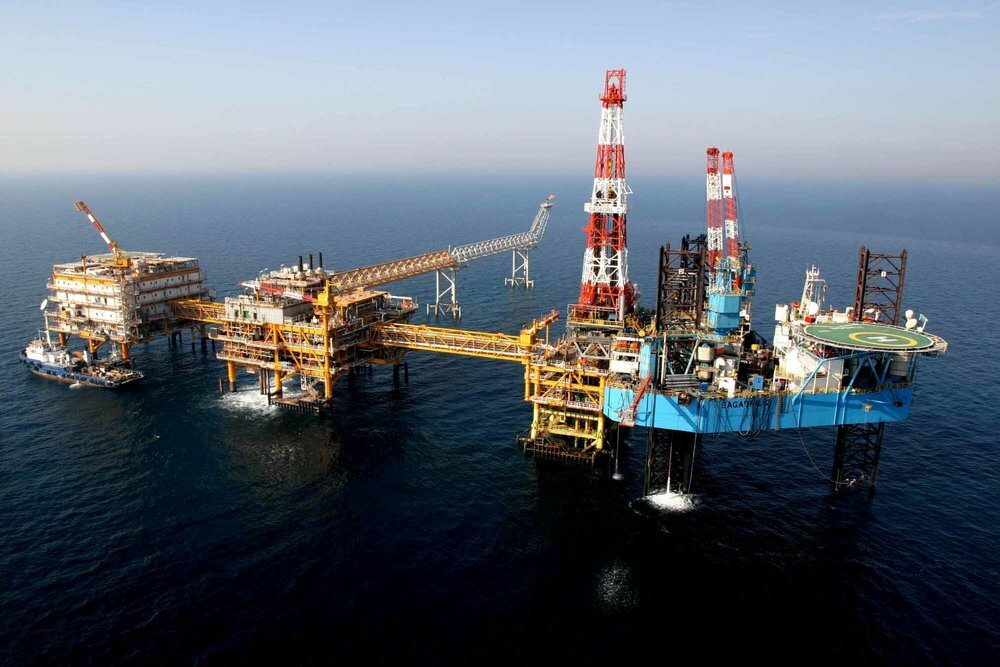South Pars daily gas production capacity up 14mcm

TEHRAN – Daily gas production from Iran’s giant South Pars gas field (in the Persian Gulf) has increased by 14 million cubic meters (mcm), IRNA reported on Tuesday, quoting deputy operator of the phases 22-24 development project.
After the installation and implementation of the third platform of the phases 22, 23, 24 of the field’s development project, sour gas from this platform is being transported to the refinery via pipelines and the daily production capacity of the field is increased by 500 million cubic feet (14.2 million cubic meters), Ali-Asghar Sadeqi told IRNA.
According to the official, the platform of phase 23, officially started operation on Sunday.
Mentioning the fact that all the operations regarding the construction, loading, and installation of the mentioned platform were carried out by Iranian experts, Sadeqi said the hook-up operations of the platform were done over two weeks despite the unstable weather conditions.
He further noted that considering the production of 28 mcm of gas from the two previously installed platforms of the phases22-24, the total daily output of the mentioned phases has now reached 42 mcm.
The platform SPD-23, which is the third platform of the phases 22, 23, 24 of South Pars gas field development project was installed at its designated offshore place in phase 23 in mid-November, 2019.
Phases 22-24 are expected to produce 56 million cubic meters of sour gas, 75,000 barrels of gas condensate, and 400 tons of sulfur per day, in addition to 50 million cubic meters of methane, 2,900 tons of LPG and 2,750 tons of ethane.
South Pars gas field, which Iran shares with Qatar in the Persian Gulf, covers an area of 9,700 square kilometers, 3,700 square kilometers of which, called South Pars, are in Iran’s territorial waters. The remaining 6,000 square kilometers, called North Dome, are situated in Qatar’s territorial waters.
The field is estimated to contain a significant amount of natural gas, accounting for about eight percent of the world’s reserves, and approximately 18 billion barrels of condensate.
EF/MA
Leave a Comment